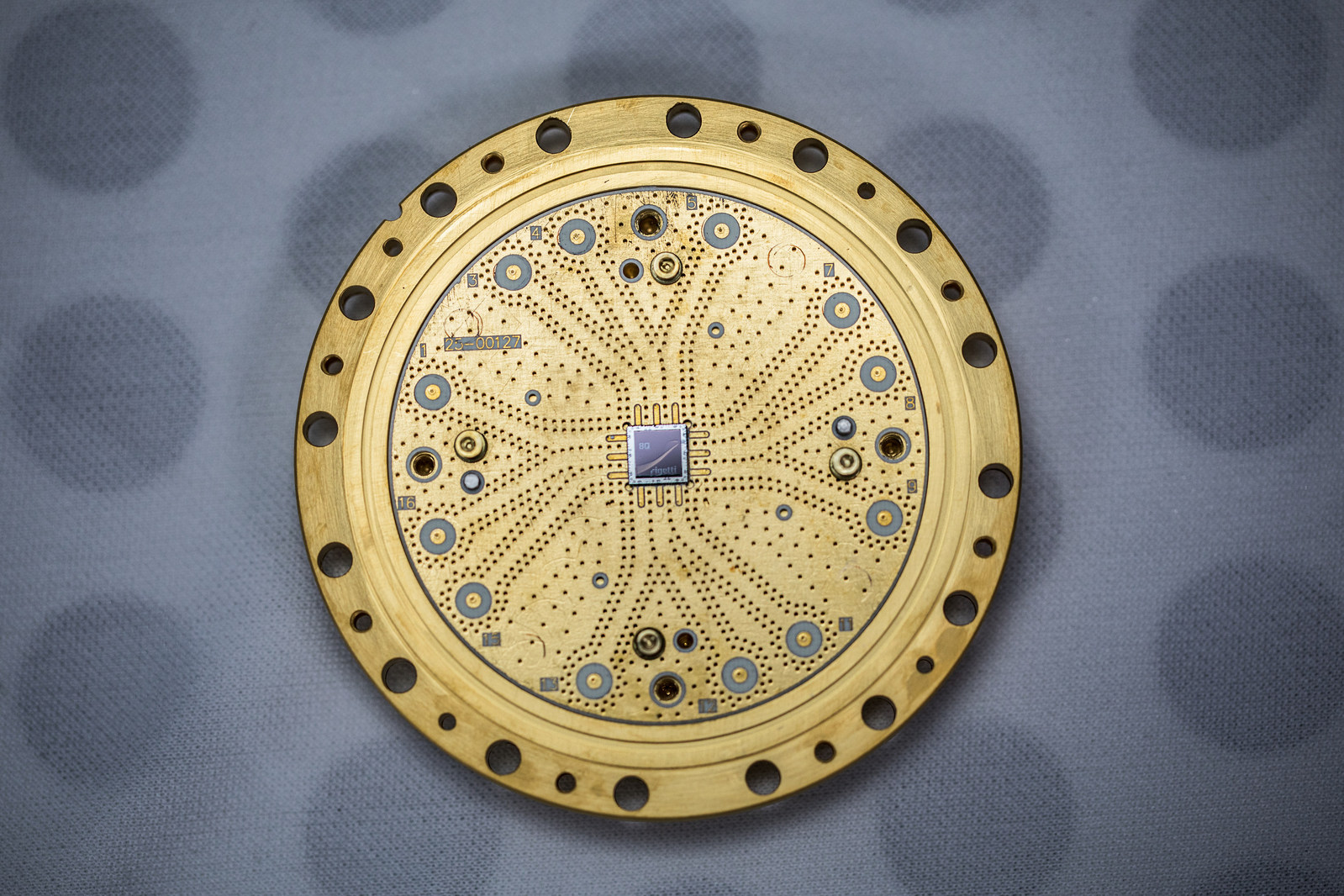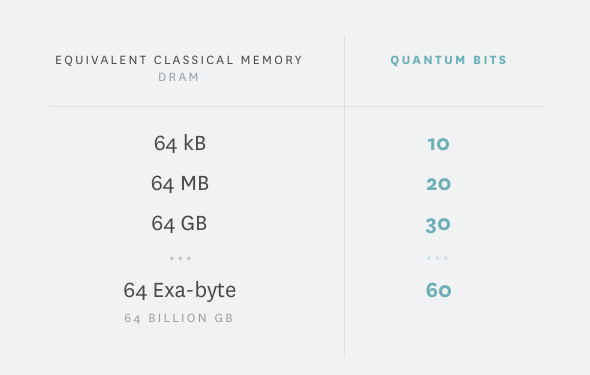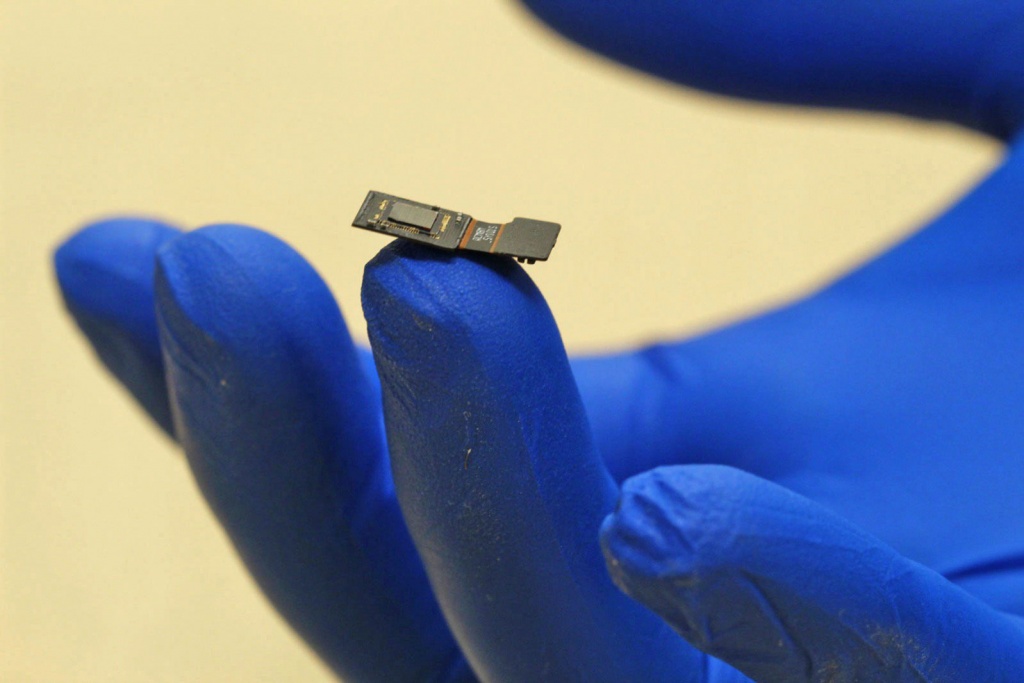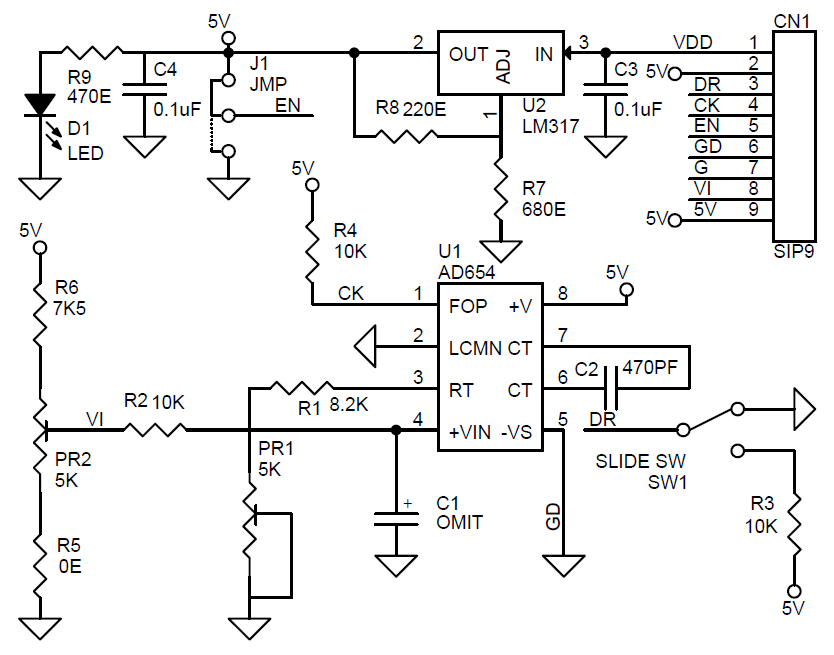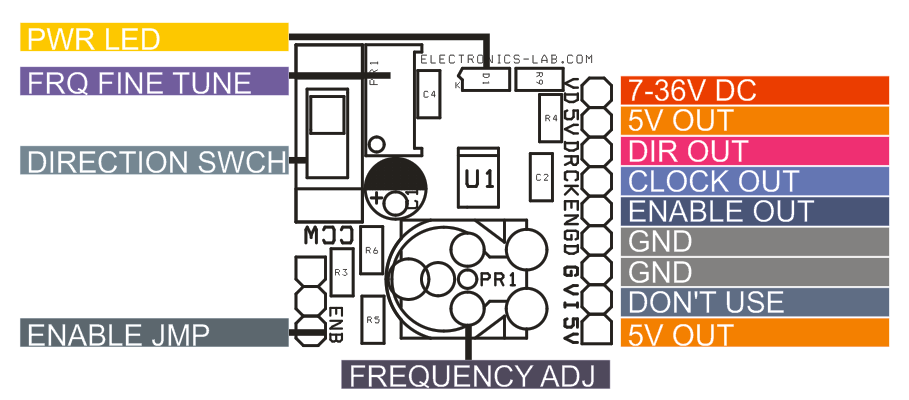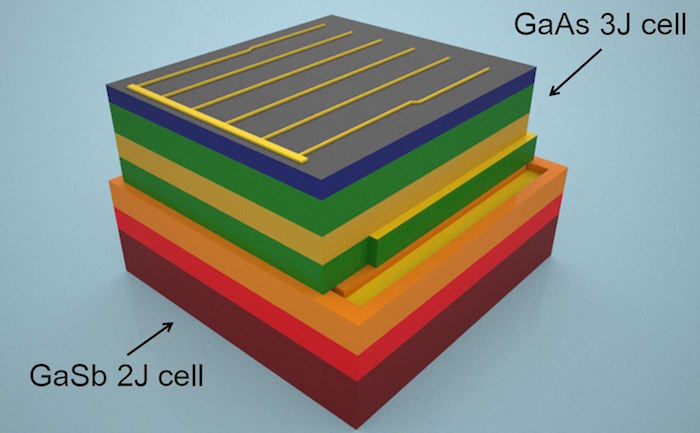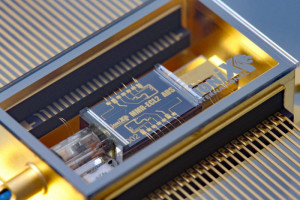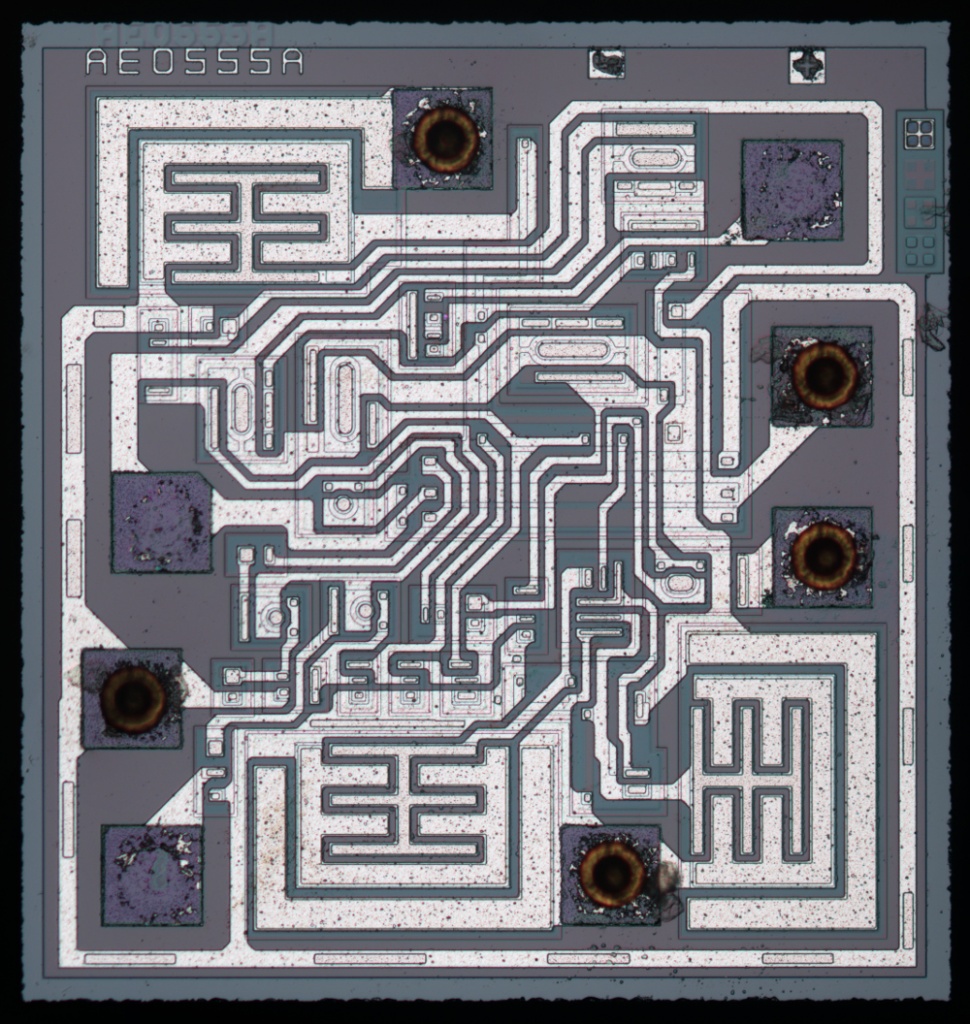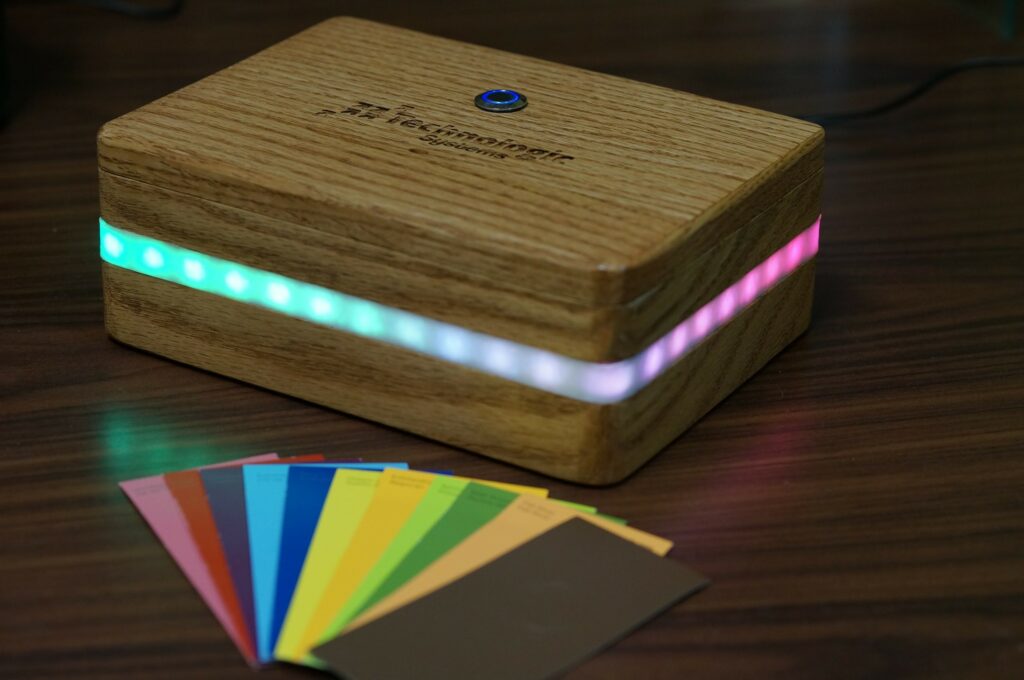Last week, Intel launched the Movidius Neural Compute Stick, which is a deep learning processor on a USB stick.
This USB stick was not an Intel invention. In fact, Intel had acquired Movidius company that had produced last year the world’s first deep learning processor on a USB stick based around their Myriad 2 Vision Processor.
Neural Compute Stick is based around the Movidius MA2150, the entry level chip in the Movidius Myriad 2 family of vision processing units (VPUs). Using this stick will allow you to add some artificial visual intelligence to your applications like drones and security cameras. 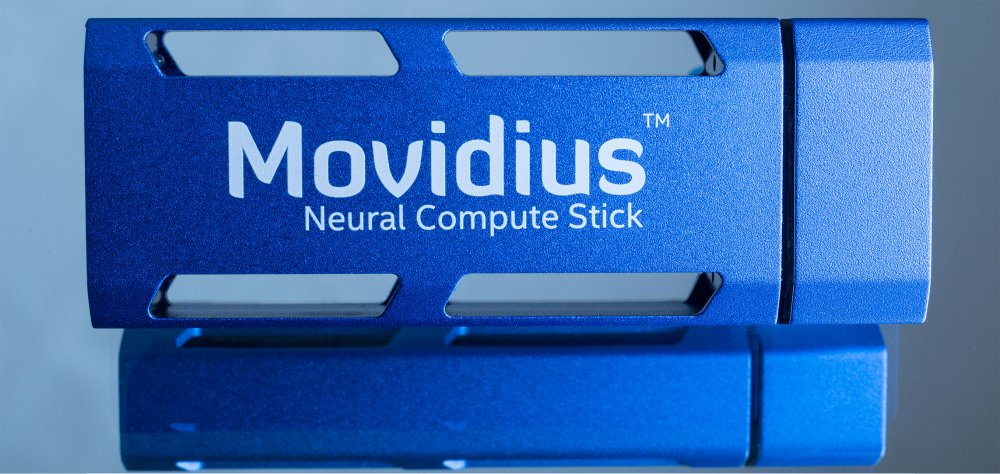
Movidius Neural Compute Stick form factor device enables you prototype and tune your deep neural network. Moreover, the USB form factor connects to existing hosts and other prototyping platforms. At the same time, the VPU provides machine learning on a low-power inference engine.
Actually, the stick role comes after training your algorithm where it is ready to try real data. All you have to do is to translate your trained neural network from the desktop using the Movidius toolkit into an embedded application inside the stick. Later on, the toolkit will optimize this input to run on the Myriad 2 VPU. Note that your trained network should be compatible with Caffe deep learning framework.
It is a simple process
- Enter a trained Caffe
- Feed-forward Convolutional Neural Network (CNN) into the toolkit
- Profile it
- Compile a tuned version ready for embedded deployment using the Neural Compute Platform API.
An outstanding feature is that the stick can work without any connection to cloud or network connection, allowing to add smart features to really small devices with lower consumption. This feature may be on of the revolutionary ideas to start combining IoT and machine learning devices.
Neural Compute Stick Features
- Supports CNN profiling, prototyping, and tuning workflow
- All data and power provided over a single USB Type A port
- Real-time, on device inference – cloud connectivity not required
- Run multiple devices on the same platform to scale performance
- Quickly deploy existing CNN models or uniquely trained networks
- Features the Movidius VPU with energy-efficient CNN processing
“The Myriad 2 VPU housed inside the Movidius Neural Compute Stick provides powerful, yet efficient performance — more than 100 gigaflops of performance within a 1W power envelope — to run real-time deep neural networks directly from the device. This enables a wide range of AI applications to be deployed offline.” — Remi El-Ouazzane, VP and General Manager of Movidius.
At the moment, the stick SDK in only availble for x86, and there are some hints to expand platforms support. Meanwhile, developers are hoping to have ARM processor support since many of IoT applications rely on ARM processor. However, this may be not possible since the stick is an Intel product.
This stick is available for sale now, and costs $79. More information about how to get started with the stick is available on the Movidius developer site. Also check this video by Movidius:
https://youtu.be/4xud1T9DaFY





